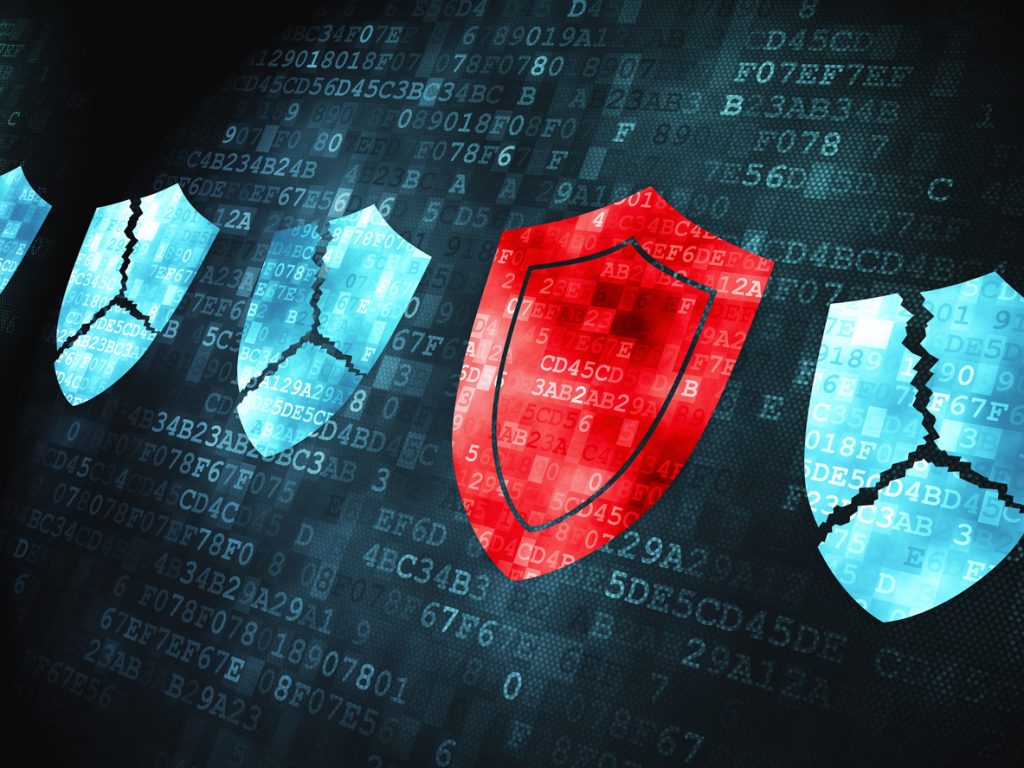Like any field on the cutting edge, IT security suffers from plenty of myths and misconceptions. But having the wrong idea doesn’t just contribute to misinformation—it can also endanger your systems, your proprietary information, and your clients’ and customers’ sensitive data.
From the flawed to the downright false, we’re tackling these myths with facts and expertise. Today, BAI Security is breaking down six critical misconceptions in the world of IT security.
MYTH 1: IT security exists solely in digital spaces.
An increasingly connected digital world means
an ever-expanding risk frontier, as we all live our lives surrounded by Internet-capable devices at work and home and on the go. From the smartphone in your pocket to the printer at your workplace, the Internet of Things (IoT) creates endless endpoints—and therefore potential vulnerabilities—everywhere.
The impact of the IoT is that physical security is becoming more permeated by technology. SWZD’s
2021 State of IT projects that AI security will be on a significant rise in coming years. This means hackers won’t need to tap into on-site systems or access digital locks in order to compromise your security and operations. Therefore, neglecting or bolstering your digital security will have physical consequences, and vice versa.
MYTH 2: The buck stops at antivirus protections.
Antivirus software is a relatively inexpensive and popular solution for companies looking to give their employees’ devices a basic level of cyber protection. But not all malware is created equal, and viruses evolve rapidly, often faster than IT security defenses do. It’s not enough to have a piece of software installed—it’s up to your employees to identify and avoid unsolicited correspondence, suspicious downloads, and strange links.
Phishing remains one of the biggest offenders when it comes to viral scams;
we recommend you familiarize yourself with the most prevalent tactics. It’s always vital to report emails with inconsistencies, misspellings, and otherwise odd methods of communication to your IT security team so they can immediately issue alerts and protections across the organization.
MYTH 3: Hackers only go after big businesses.
If you read
our blog regularly, you might know that amid the COVID-19 pandemic, small-to-midsize businesses (SMBs) are more at risk than ever.
An estimated 43% of all cyberattacks target SMBs, and the hackers involved are well aware that, because smaller businesses consider themselves less “attractive” targets and/or because they don’t have an in-house dedicated IT team, their security is often lacking.
Data breaches are pricey, and while the resulting costs will be an inconvenience to larger entities, they can be the death blow for smaller ones. It’s worth it, for your company’s future and its financial stability, to invest in truly expert IT security methods and assessments that leave no stone unturned and no vulnerability unpatched.
MYTH 4: Strong passwords are foolproof.
These days, websites and software prioritizing IT security are sure to ask you for at least one uppercase letter, number, and symbol in your password to make it “strong.” Unfortunately, not even certified strong passwords can hold up under a hacker’s onslaught; malware is becoming more advanced at cracking complex passwords by the day.
But that doesn’t mean that password protection is a lost cause—quite the opposite. You can thwart these attacks with two common strategies: one, mandating frequent password changes, a tried and true defense against cracking passwords, and two, enabling two-factor authentication to help prevent hackers from falsifying employee credentials.
MYTH 5: Leave it all to the IT security team.
Perhaps you have the resources to have a skilled, hardworking IT security team, whether in-house or by contract. Unfortunately, even they are only human. It’s easy to miss vulnerable elements when your landscape changes constantly and hackers are relentless. Countless data breaches can be attributed to human error—and this doesn’t even take into account the SMBs and other entities that can’t afford experienced IT pros.
This one is simple: layer your digital protections. Comprehensive IT security assessments, up-to-date employee training, and investment in current-day best practices will make a major difference for your organization’s security.
MYTH 6: IT security is static.
Devoted readers of
our blog know that digital security tactics—and therefore digital risks—are advancing every day. The best IT security partners are the ones constantly evolving their methods to keep up with the latest threats, making sure that you’ll always be equipped to rise to the occasion.
Myths Busted—Now What?
It’s never been more important to invest in your IT security. You’ll want to choose a provider with unparalleled focus, seasoned professionals, and a dedication to leading from the cutting edge—
so make sure to do your research.
BAI Security stands on the forefront of innovative, customized security assessments and compliance audits. We’re here to give you a 360-degree view of your organization’s security posture and provide actionable solutions uniquely suited to your environment.
For more information, contact us today. 







